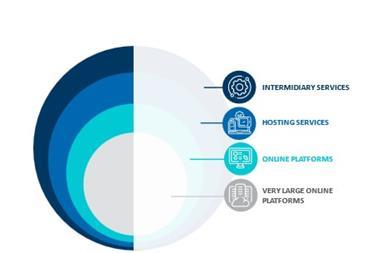Why firms must improve compliance, drive efficiency and tackle friction as the war in Ukraine rumbles on
In 2022, the challenges of delivering an effective sanctions compliance programme became front-page news.
Compliance teams, operations teams, relationship managers and more were faced with unprecedented levels of activity as successive ways of sanctions were issued following Russia’s invasion of Ukraine.
It drew everyone’s attention to a broken system where financial institutions struggled to deliver effectiveness or efficiency as a consequence of a fragmented and duplicative approach to sanctions screening.
The industry had developed a siloed approach to sanctions compliance resulting in significant wasted effort and, more importantly, material customer friction. There had to be a better way.
The challenge of sanctions screening
Before we look at that, let’s consider why sanctions screening is such challenge.
Sanctions are a vital component of foreign policy, a way to achieve national security goals against targeted foreign countries, terrorists, drug traffickers, those involved in nuclear proliferation and more – in short, those seen as bad actors whether individuals, entities, regimes or countries.
But the way in which the current model works does not lend itself to screening at scale, having significant repercussions for financial services companies and their clients.
According to Refinitiv’s Global Sanctions Index, there are more than 52,000 ‘persons’ (individuals, entities and their aliases) currently sanctioned by international governments and regulatory bodies.
This represents a year-on-year increase of 14.6% and a staggering 270% increase from five years ago.
A mammoth task
In 2022, an estimated $156 trillion was transferred in cross-border transactions.
Financial institutions have a legal obligation to screen all of this traffic against the ever-growing set of sanctions lists in order to create and maintain an effective control against bad actors accessing the international financial system.
This is a mammoth task, and one that is compounded by the structure used to make cross-border payments today.
Cross-border transactions typically pass through a series of institutions driving a sequential duplication of effort – each institution has to source the sanctions lists, screen the traffic and then resolve the alerts , most of which are typically false positives.
This is done without agreement on common screening standards and an inconsistent approach to sharing information.
Let’s look at the impact of this in more detail:
- Material percentages of transactions are stopped - today, the best institutions are stopping around 5% of all traffic with many at significant double-digit levels – over 1 payment in every 10;
- Of those transactions stopped, almost a quarter are delayed by over a day whilst the compliance checks are carried out, and
- Fewer than 1% of all transactions alerted cannot ultimately be designated as false positive, with industry estimates averaging over 99.5% of alerts being cleared – and only after significant time and effort has been spent investigating them.
Dealing with this volume, the complexity and the fundamental duplication of effort is a huge task for compliance and operations teams and is not sustainable as sanctions designations continue to rise and cross-border activity increases.
This can only be addressed if we re-invent the industry’s approach through agreeing high standards, which are then applied consistently through the use of cutting-edge technology, and data sharing across institutions on a common platform.
What could the impact be?
If the industry moves to adopt common screening standards applied consistently through a centralised screening platform, potential savings could represent between 25-35% of the total sanctions screening costs.
Critically, sanctions-related friction and delays in cross-border payments affect countless businesses and supply chains around the world every day. If we take the industry estimates, over one billion alerts are investigated globally and ultimately discounted as false positive.
This friction causes real-world consequences: employees might not get paid, supply chains may become disrupted, working capital cycles are extended – the list goes on.
Easing friction using such a platform would provide sizeable benefits more broadly to all participants who access the international payments system.
Sanctions compliance is an essential component in delivering foreign policy objectives and we can safely assume it will continue to be the focus of governments and regulators for many years to come.
As cross-border activity increases, and customers demand a move towards instant payments, the current system has to be re-invented.
By approaching this challenge at an industry level, with collaboration across all stakeholders, we can drive more effective and more efficient sanctions compliance, and critically we can address the friction that affects so many innocent customers all too often.
Tom Scampion is chief executive of GSS




















No comments yet